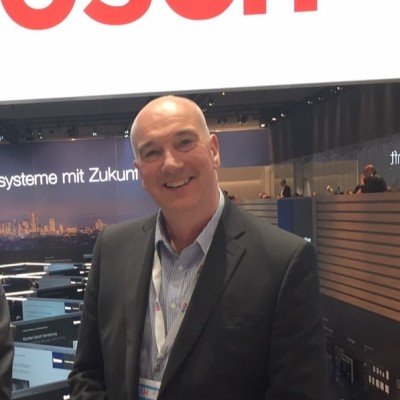Sustainability and environmental impact are core issues of the HVAC market in 2020 or any year. During the last year, HVACinformed.com has addressed multiple facets of sustainability in some of our most popular articles.
This retrospective will highlight some of the sustainability articles published during 2020 at HVACInformed.com. An HVACInformed.com Expert Panel Roundtable commented on various aspects of sustainability, including the responsibility of HVAC manufacturers to develop more sustainable, energy-efficient products that can reduce a building’s reliance on fossil fuels.
Energy consumption pattern
Honeywell has launched a platform that incorporates newer technology. Combining self-learning algorithms with building automation, Honeywell Forge Energy Optimization is a cloud-based system that analyzes a building’s energy consumption pattern and adjusts its settings.
Heat networks, or district heating, are becoming an ever-greater part of the industry’s involvement
Pete Mills of Bosch Commercial & Industrial outlines how cities are using ‘heat networks’ to achieve carbon emission targets in the United Kingdom. Heat networks, or district heating, are becoming an ever-greater part of the industry’s involvement in larger-scale schemes. The ability to help the decarbonization of heat both now and in the future has made them an attractive solution to the new-build sector, as well as those undergoing deep renovation works.
Centralized heat generator
Generally, heat networks are defined as a system of supply pipes with a centralized heat generator (Energy Center) that serves multiple domestic or non-domestic dwellings. These are usually in different buildings, but sometimes within a single large building like an apartment block or a university campus.
Some U.S. cities are taking the lead to make building performance standards mandatory, thus providing additional incentive for customers to invest in new, more efficient and climate-friendly HVAC technologies. New York City has deployed its Carbon Mobilization Act, which will cut six million tons of CO2 annually by 2020. Washington D.C. adopted the first Building Energy Performance Standard, which will reduce energy use in buildings by more than 20%, thereby lowering carbon dioxide emissions by a million tons annually.
Improving environmental performance
Newer buildings tend to be designed to be ‘green’, but what about older existing buildings, which still represent the largest share of environmental impact? There is more work to be done in the retrofit sector; and improving environmental performance of older buildings often involves ‘deep retrofits’ that are costly and impact multiple factors inside a building. In the COVID-19 era, there is also growing concern about needs such as circulating outside air, increasing humidity, and improving filtration systems even as older buildings seek to become greener.
The consistent theme is a need to work toward better-designed, more energy efficient and healthier buildings
The consistent theme is a need to work toward better-designed, more energy efficient and healthier buildings. The California Air Resources Board (CARB) is moving forward with rulemaking that sets limits and deadlines to decrease the use of refrigerants with global warming potential (GWP) in the commercial refrigeration market and in the residential and commercial stationary air conditioning equipment markets.
Air conditioning systems
California regulations are widely expected to influence the direction of other states seeking to regulate GWP of refrigerants. The addition of biodiesel lowers the carbon content (and thus the environmental impact) of heating oil. The U.S. Environmental Protection Agency says biodiesel reduces greenhouse gas emissions, including nitrogen oxide.
The process of making biodiesel from renewable and organic sources also boosts the environmental profile. The Wyss Institute at Harvard University has developed an evaporative cooling system that uses a specially coated ceramic to cool air without adding humidity. Researchers say the approach can yield more affordable and environmentally friendly air conditioning systems for the future.






































